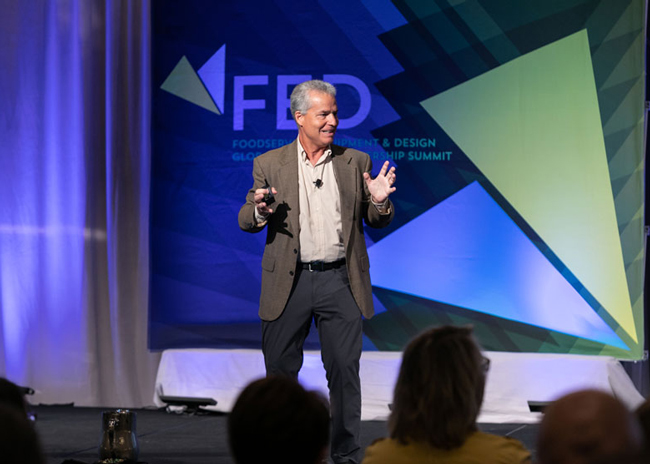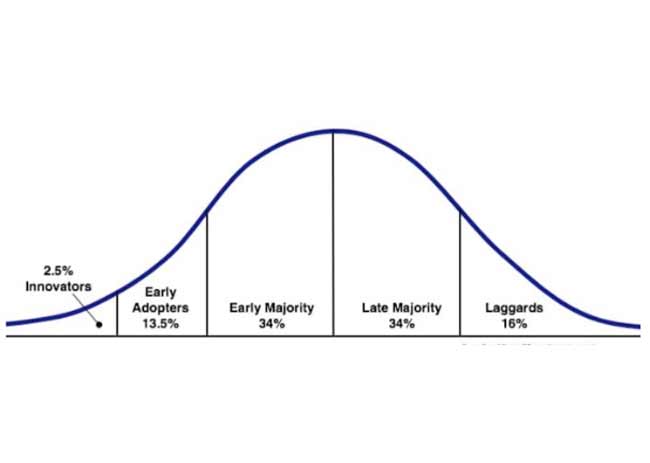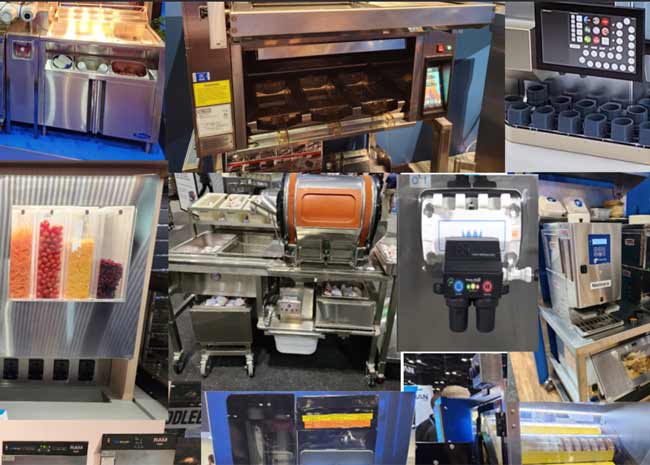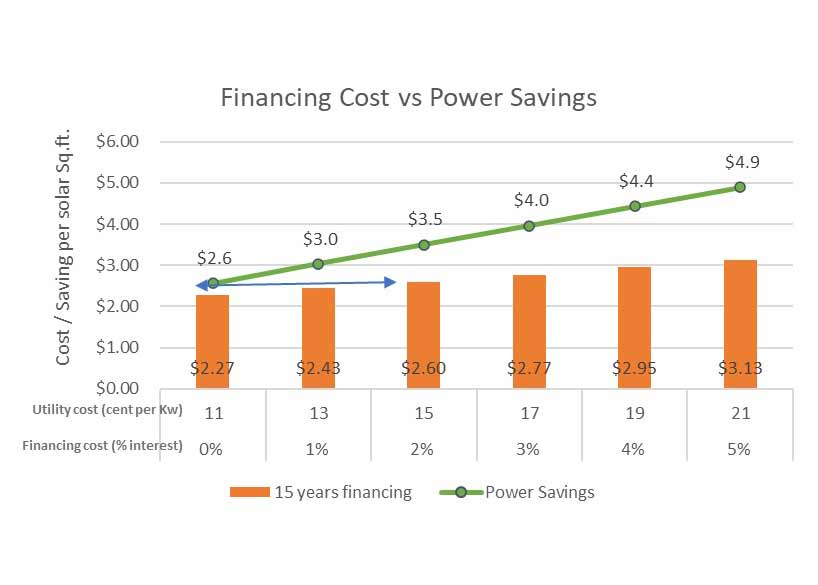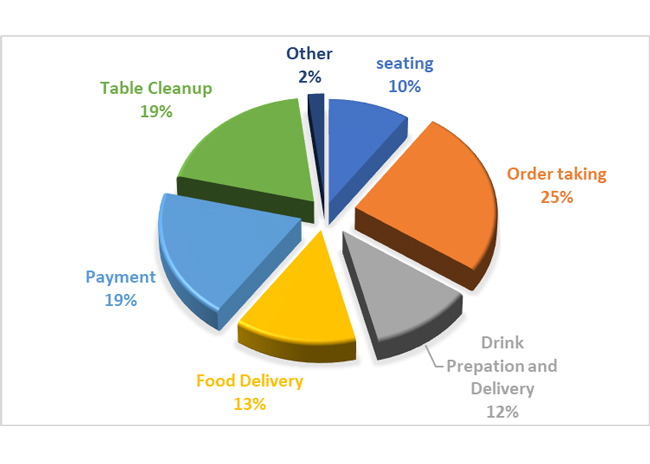In the eyes of a foodservice consultant, the National Restaurant Association Show represents one of the most important and fun events of the year.
Everyone keeps saying that automation and robots are coming. In reality, though, they are already here.
Artificial Intelligence has revolutionized numerous industries, and foodservice will be no exception.
While my company and most of my clients are based here in the U.S., one month out of the year I temporarily relocate my office to Spain while I continue to work while we visit my in-laws. This year’s trip included a trip to London to visit a client.
The National Restaurant Association Show is set to open its doors May 20-23 in Chicago. I don’t know about you, but I am excited to see what new equipment and technologies will be on display.
Looking back on the past couple of years, it seems a growing number of restaurants outside of the quick-service space, namely fast-casual and full-service operations, continue to add drive-thru service to their offerings.
April is the traditional start of the baseball season. And rightly or wrongly, many teams often feel how competitive they will be during the upcoming season will depend on their ability score runs, mainly via hitting home runs. It’s fun because I often encounter the same kind of thinking in the restaurant industry.
The idea that foodservice lags behind other industries when it comes to adopting new technologies is nothing new. But the fact remains that automation and robotics will continue to become a bigger part of providing effective and efficient foodservice operations. That point was never clearer to me than after having spent a few days walking the National Restaurant Association’s 2022 show in Chicago.
Four years in the making The NAFEM Show 2023 and the events leading up to it did not disappoint.
We have made it! It is with great pleasure that I can say foodservice industry gatherings are back!
Is it time for restaurants to check out solar power?
After a pandemic-induced, two-year hiatus, the National Restaurant Association’s trade show was back in business in Chicago. And, wow, did it feel great to catch up on some of the newest equipment innovations and, more importantly, reconnect with our great industry colleagues. There was so much to see and take in, but here are a few thoughts and observations.
With a new year fast upon us, you can’t help but wonder what is in store for the foodservice industry in 2023. I am very optimistic about this year, both personally and professionally. For one, having lived the last few years, I am convinced the restaurant industry is so resilient and strong, that we can endure almost anything; sometimes we even come through trying times stronger than we were before.
Despite all the advances in off-premises options like delivery, full-service restaurants remain a great place for people to have a good time and enjoy great food together and for that reason this dining option continues to hold a special place in society.
Recently, I was invited to a gathering of chain restaurant operators and the support centers of said chains.
In a recent call to kick off a prototype design initiative, I was surprised the operator had all of its executives participate. Several times over the course of the meeting, the executives referred to themselves as “the village.”


